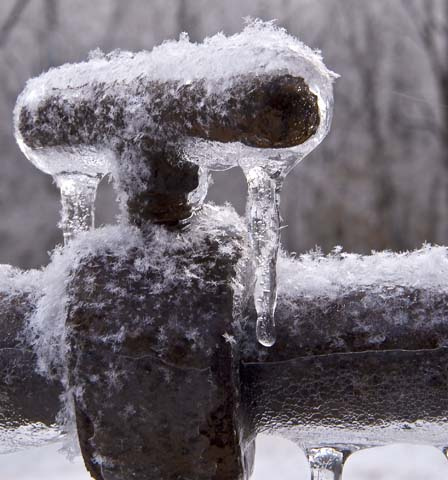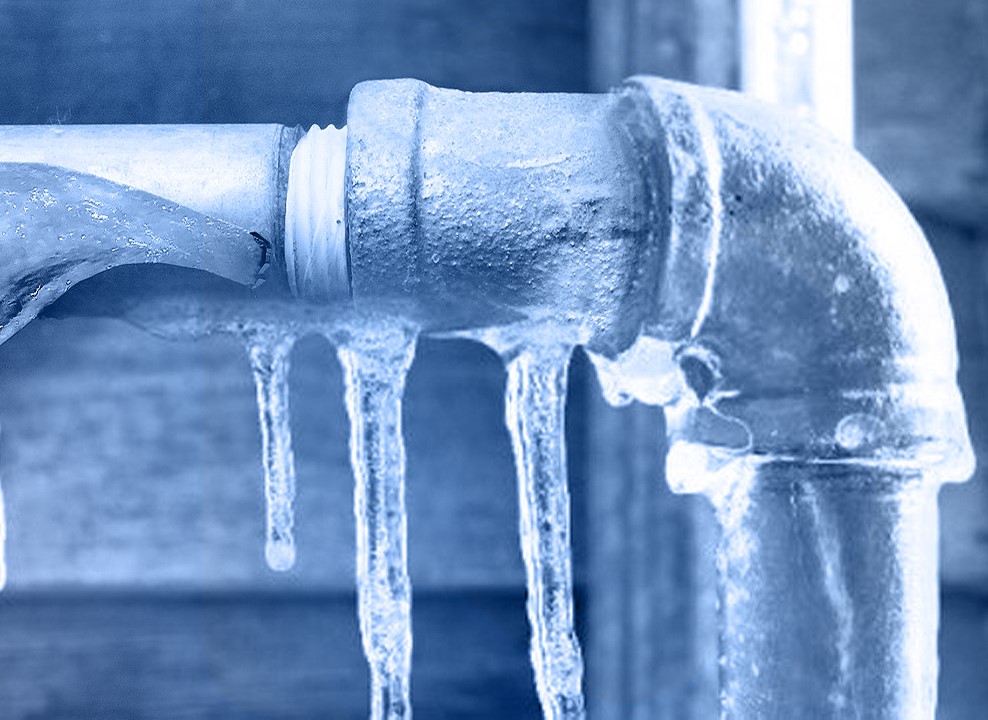The article author is making several good pointers regarding Helpful Tips to Prevent Frozen Pipes this Winter as a whole in this content down below.

Winter can ruin your pipes, especially by freezing pipes. Right here's exactly how to avoid it from happening and what to do if it does.
Introduction
As temperature levels decline, the risk of icy pipes increases, possibly bring about pricey repair services and water damages. Comprehending exactly how to avoid icy pipes is critical for homeowners in cold environments.
Understanding Frozen Pipes
What creates pipes to ice up?
Pipes ice up when subjected to temperatures below 32 ° F (0 ° C) for prolonged periods. As water inside the pipes ices up, it increases, taxing the pipeline walls and potentially creating them to rupture.
Risks and damages
Frozen pipelines can cause supply of water disturbances, residential or commercial property damages, and pricey repair services. Burst pipes can flooding homes and cause considerable structural damage.
Indicators of Frozen Water Lines
Determining icy pipelines early can avoid them from breaking.
How to determine frozen pipes
Try to find lowered water flow from faucets, uncommon odors or noises from pipelines, and noticeable frost on exposed pipelines.
Prevention Tips
Protecting at risk pipelines
Wrap pipelines in insulation sleeves or make use of warm tape to secure them from freezing temperature levels. Concentrate on pipes in unheated or outside locations of the home.
Home heating strategies
Keep interior rooms effectively heated, specifically locations with plumbing. Open cabinet doors to enable cozy air to flow around pipes under sinks.
Safeguarding Outside Plumbing
Garden hoses and outdoor taps
Detach and drain pipes garden hose pipes before wintertime. Mount frost-proof faucets or cover exterior taps with shielded caps.
What to Do If Your Pipes Freeze
Immediate actions to take
If you think icy pipelines, maintain taps open to ease stress as the ice melts. Use a hairdryer or towels taken in warm water to thaw pipelines slowly.
Long-Term Solutions
Architectural modifications
Think about rerouting pipes away from exterior wall surfaces or unheated locations. Include extra insulation to attic rooms, cellars, and crawl spaces.
Updating insulation
Purchase top notch insulation for pipes, attics, and wall surfaces. Correct insulation helps maintain consistent temperature levels and decreases the threat of icy pipes.
Conclusion
Preventing icy pipes requires aggressive steps and fast reactions. By comprehending the reasons, indications, and safety nets, house owners can safeguard their pipes throughout winter.
5 Ways to Prevent Frozen Pipes
Drain Outdoor Faucets and Disconnect Hoses
First, close the shut-off valve that controls the flow of water in the pipe to your outdoor faucet. Then, head outside to disconnect and drain your hose and open the outdoor faucet to allow the water to completely drain out of the line. Turn off the faucet when done. Finally, head back to the shut-off valve and drain the remaining water inside the pipe into a bucket or container. Additionally, if you have a home irrigation system, you should consider hiring an expert to clear the system of water each year.
Insulate Pipes
One of the best and most cost-effective methods for preventing frozen water pipes is to wrap your pipes with insulation. This is especially important for areas in your home that aren’t exposed to heat, such as an attic. We suggest using foam sleeves, which can typically be found at your local hardware store.
Keep Heat Running at 65
Your pipes are located inside your walls, and the temperature there is much colder than the rest of the house. To prevent your pipes from freezing, The Insurance Information Institute suggests that you keep your home heated to at least 65 degrees, even when traveling. You may want to invest in smart devices that can keep an eye on the temperature in your home while you’re away.
Leave Water Dripping
Moving water — even a small trickle — can prevent ice from forming inside your pipes. When freezing temps are imminent, start a drip of water from all faucets that serve exposed pipes. Leaving a few faucets running will also help relieve pressure inside the pipes and help prevent a rupture if the water inside freezes.
Open Cupboard Doors
Warm your kitchen and bathroom pipes by opening cupboards and vanities. You should also leave your interior doors ajar to help warm air circulate evenly throughout your home.

Do you enjoy reading up on Prevent Frozen Pipes ? Post a remark below. We'd be glad to see your insights about this review. We hope that you visit us again in the near future. Sharing is nice. Helping others is fun. I truly appreciate your readership.
Book Service